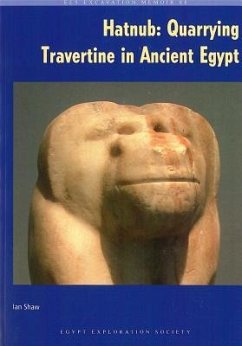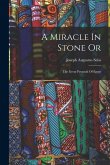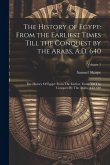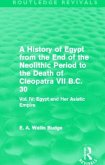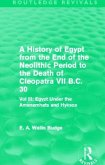This book, the fieldwork for which was undertaken between 1984 and 1990, concentrates on the travertine (Egyptian alabaster) quarries at Hatnub, some 25 kilometres southeast of the modern town of Mallawi, in the Eastern Desert of Egypt. Most of the archaeological remains date to the Old and Middle Kingdoms (c.2575-1650 BC), but there was also a significant encampment dating to the New Kingdom (c.1550-1070 BC). The book uses archaeological and textual evidence from Hatnub as a means of addressing some of the social and economic issues relating to ancient Egyptian procurement of materials from remote sites. Among the research questions addressed here are the provisioning and organization of Egyptian quarrying and mining expeditions, the nature of the key groups of workmen involved in quarrying, and the ritualisation of areas of remote, liminal human activity in the pharaonic period.
Hinweis: Dieser Artikel kann nur an eine deutsche Lieferadresse ausgeliefert werden.
Hinweis: Dieser Artikel kann nur an eine deutsche Lieferadresse ausgeliefert werden.

